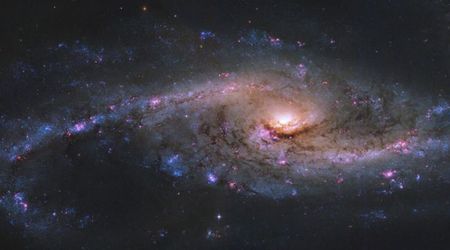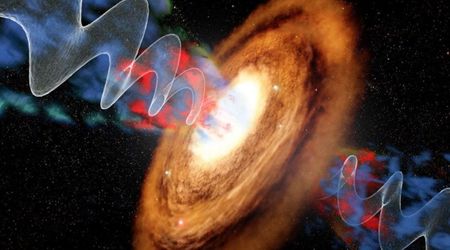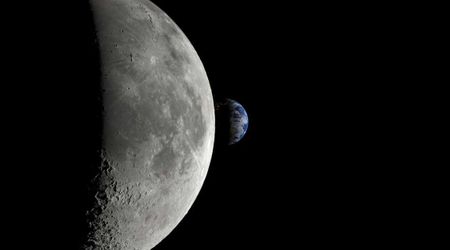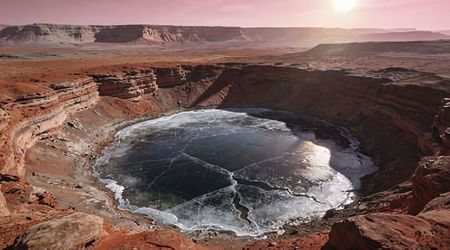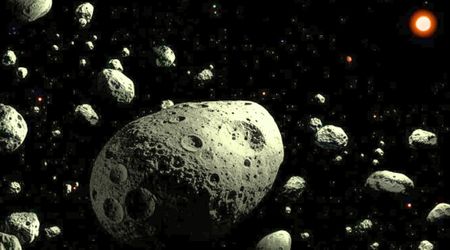NASA's Perseverance rover discovers clues to multiple habitable areas on Mars
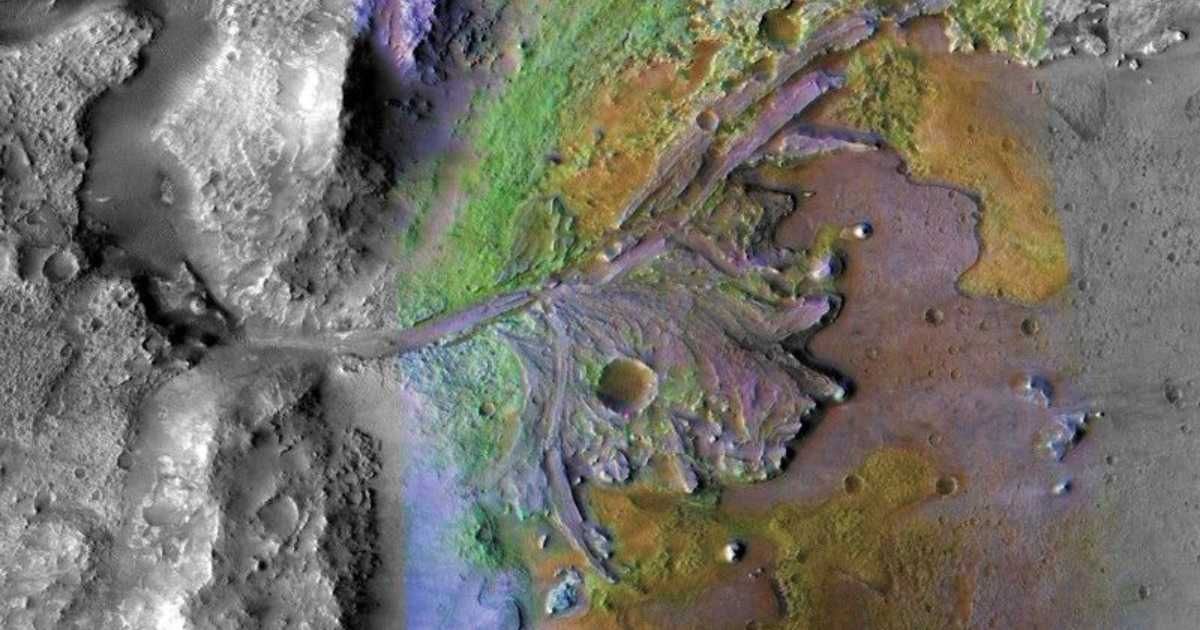
NASA's Perseverance rover has uncovered evidence that Mars' Jezero Crater may have been habitable on multiple occasions, according to new research. By analyzing rocks on the crater floor, scientists have identified a diverse range of minerals that suggest a complex history of water-rock interactions, as per Rice University.

This discovery, detailed in the Journal of Geophysical Research: Planets, could significantly influence the search for ancient life and guide the rover’s ongoing sample collection. The study, led by Rice University graduate student Eleanor Moreland, used the new Mineral Identification by Stoichiometry (MIST) algorithm to interpret data from the rover's Planetary Instrument for X-ray Lithochemistry (PIXL). This instrument bombards rocks with X-rays to determine their chemical makeup, providing the most detailed geochemical measurements ever taken on another planet. The analysis of this data revealed two dozen different minerals, each acting as a clue to the crater's past.

According to Moreland, the variety of minerals indicates "multiple, temporally distinct episodes of fluid alteration," meaning there were several periods when liquid water interacted with volcanic rocks, creating environments potentially suitable for life. The types of minerals formed depend on environmental factors like temperature, pH, and the chemical composition of the fluids.

The analysis points to three distinct episodes of fluid activity in Jezero Crater, each with different implications for the potential to host life. The earliest period involved hot, acidic fluids, evidenced by minerals like greenalite and hisingerite found in the oldest rocks. While these conditions are challenging for most life on Earth, they don't completely rule it out. “But on Earth, life can persist even in extreme environments like the acidic pools of water at Yellowstone, so it doesn’t rule out habitability,” said co-author Kirsten Siebach, assistant professor of Earth, environmental, and planetary sciences at Rice.

A later period saw the presence of moderate, neutral fluids, indicated by minerals such as minnesotaite and clinoptilolite, which suggests a more favorable environment. Finally, the most widespread evidence points to a recent episode of cool, alkaline fluids, a highly habitable condition from an Earth perspective. The broad distribution of sepiolite, a mineral formed under these conditions, indicates a significant and widespread period of liquid water across the crater.

These findings suggest that Jezero Crater, once a lake, shifted from a harsh, hot, and acidic environment to one that was increasingly neutral and alkaline, becoming more hospitable to life over time. To ensure the accuracy of the findings, the research team developed a statistical model to account for potential errors. This model, similar to those used to forecast hurricane paths, allowed them to assign a confidence level to each mineral match, creating a reliable "mineralogical archive" of the crater's history, as mentioned by Rice University.

This new research confirms the complex and dynamic water history of Jezero Crater and provides critical context for the discovery of a potential biosignature in the Sapphire Canyon region. Each new mineral discovery not only brings scientists closer to answering whether Mars ever supported life but also refines the rover's strategy for collecting samples that could eventually be returned to Earth.
